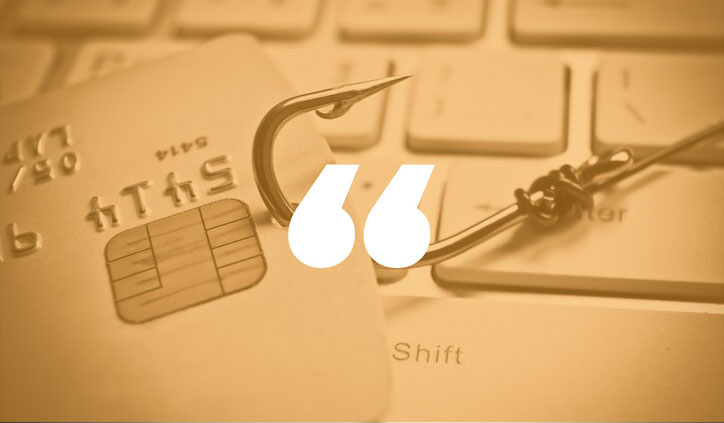How to Identify and Avoid Phishing Scams

Your Business: How to Choose the Best Data Center Provider
May 21, 2019
How Multi-Factor Authentication Keeps Your Business Secure
June 18, 2019You may recognize this feeling of panic — you’re going through your inbox and open an email from your bank or a credit card. At first glance it looks legitimate, so you click the provided link. You have just opened up a door for computer viruses and loss of secure information. You know you’ve made a mistake.
Whether you realize it or not, it is nearly guaranteed that you have encountered an email phishing scam at some point. Phishing scams are a common way for hackers and negative entities to gain your personal information. The reason that they are so common is that they are actually successful; you may even have fallen victim to one of these scams.
For businesses, the potential issues that accompany phishing scams are even greater. Viruses and security breaches can cause small, annoying tech issues. They can also cause major data loss and costly downtimes. It’s important for everyone to know how to identify and avoid phishing scams in order to minimize or eliminate these damages.
Security awareness
As frustrating as it may be when one of your employees causes a security breach because of a phishing scam, it’s unlikely that they did it on purpose. One way to prevent this type of issue is to educate your employees about how phishing scams appear and what they look like when they do. They should understand the risks of opening email attachments or clicking email links that are sent from questionable sources.
Examples of phishing scam emails include:
- Notification of suspicious activity or log-in attempts on accounts
- Notifications of problems with accounts or your payment information
- Request confirmation of personal information
- Fake invoices
- Eligibility to register for a government refund
- Coupons and special offers
Request that your employees avoid clicking anything questionable. Establish a protocol to handle potential phishing emails that works for your company and is easy for employees to follow.
Combat phishing with technology
Even with all of the training in the world, there is still room for human error. As scammers and hackers become more sophisticated in their tactics, it becomes increasingly difficult to identify phishing scams. With the sheer number of emails that a person receives in a day, it’s easy to scan and click without considering the consequences. This is why technology can be your first line of defense when it comes to phishing attacks.
There are a few basic technical implementations that can reduce the danger of phishing:
- Spam filters can be used to keep suspicious emails from every reaching inboxes.
- Two-factor or multi-factor identification can eliminate access in the case that an employee accidentally reveals sensitive information.
- Keep security software up to date on computers and mobile devices.
- Back-up data — just in case.
The unfortunate reality is that phishing scams and malicious attacks are a very real threat to your personal information, your business information, and even the personal information of clients that engage with your business. It is your responsibility to do everything in your power to prevent data loss and security breaches.
Beyond the tactics listed above, there are safeguards that can be put in place to protect your company, employees, and clients from phishing attacks and email scams. SingularisIT has data security experts to answer your important questions and implement a comprehensive plan to prevent any future security issues.


